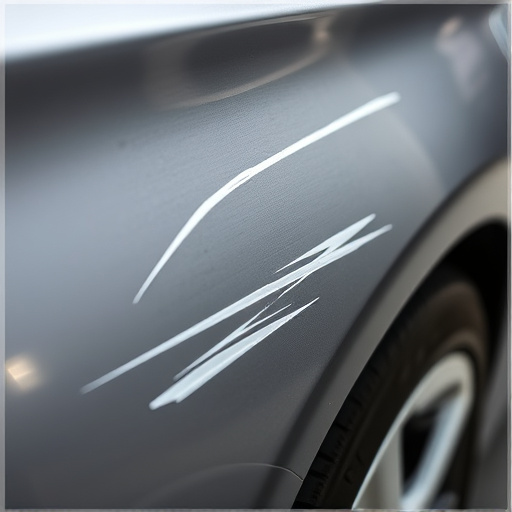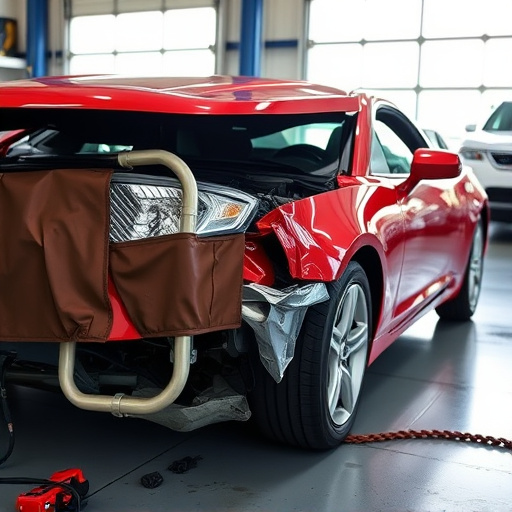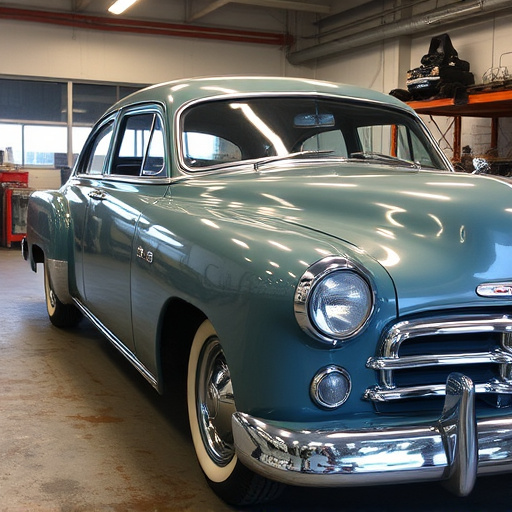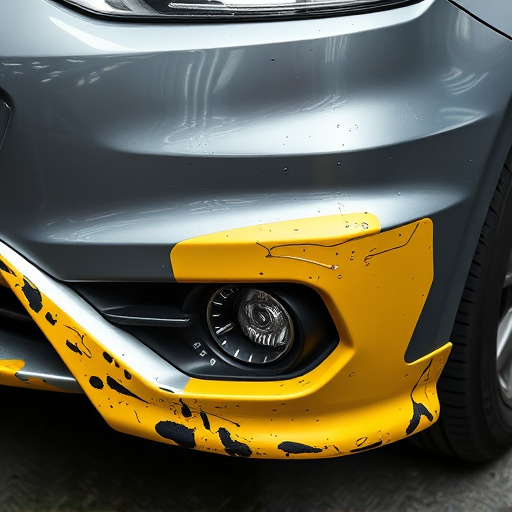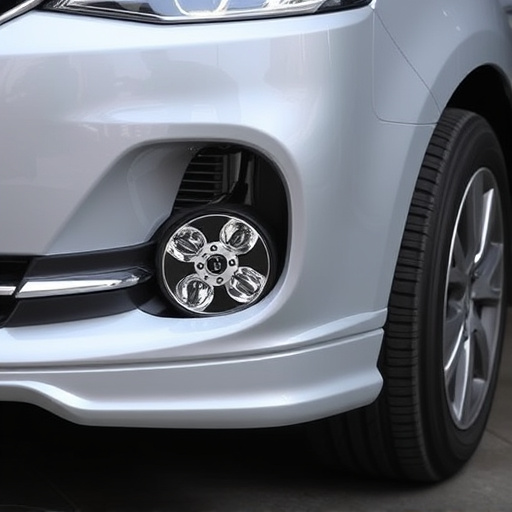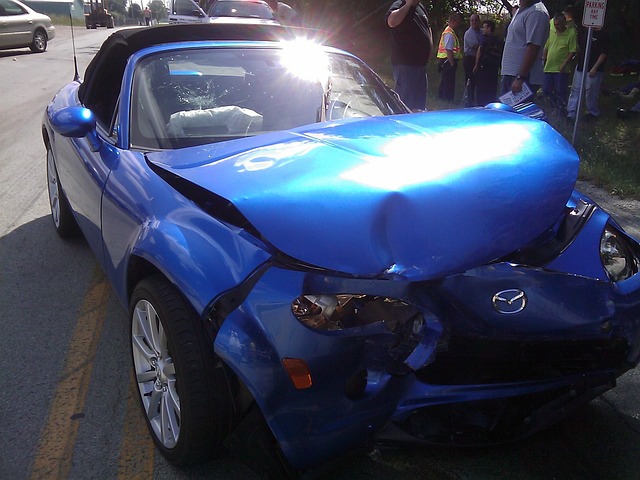Heavy-duty truck collisions pose significant risks due to the massive size and weight of these vehicles, which can cause severe damage even at lower speeds. Mitigating these risks involves regular vehicle maintenance, driver training, advanced safety technologies, safer designs, and stringent industry standards. After a collision, specialized auto collision centers provide essential paint repair and body restoration services to ensure trucks meet safety regulations.
In the realm of transportation safety, understanding how truck size and weight amplify collision severity is paramount. Heavy-duty trucks, integral to logistics and infrastructure, pose unique challenges in terms of accident impact. This article delves into the factors contributing to enhanced collision damage from a heavy-duty truck’s perspective, explores the physics behind the devastation, and presents strategies for mitigating risks on our roads. By examining these aspects, we can foster safer practices for all road users.
- Factors Contributing to Enhanced Collision Impact: A Heavy-Duty Truck's Perspective
- The Physics Behind the Devastation: Understanding Increased Damage
- Mitigating Risks: Strategies for Safer Roads with Large Vehicles
Factors Contributing to Enhanced Collision Impact: A Heavy-Duty Truck's Perspective

In the realm of heavy-duty truck collisions, several factors contribute to enhanced impact severity. Firstly, the sheer size and weight of these vehicles mean that even a moderate collision can result in significant damage. With lengths often exceeding 25 feet and weights topping 80,000 pounds, heavy-duty trucks possess immense kinetic energy upon impact—a factor that significantly amplifies the potential for severe consequences.
Moreover, the construction and design of heavy-duty trucks prioritize strength and durability over lightweight materials or advanced safety features found in smaller vehicles. This focus on robust construction ensures their ability to withstand rugged conditions but also contributes to greater overall mass, exacerbating the effects of collisions. In an auto collision center or vehicle body shop, the challenge lies in addressing these complex damages, often requiring specialized techniques and skilled technicians for effective vehicle paint repair and comprehensive vehicle body restoration.
The Physics Behind the Devastation: Understanding Increased Damage

The physics behind a heavy-duty truck collision is a sobering study in force and mass. When a large vehicle like a semi-truck is involved in an accident, the energy transfer during impact is significantly greater than that of smaller vehicles. This is due to both its immense weight and size—a semi can weigh tens of thousands of pounds more than your average car, with correspondingly longer and heavier frames and bodies. In a fender bender between two cars, minor dents and scrapes may be the extent of the damage. However, in a collision with a heavy-duty truck, even a lower speed accident can lead to severe, life-threatening injuries or total vehicle destruction.
Imagine two objects of different sizes and masses colliding at the same velocity; the larger object will experience more force upon impact due to its greater mass. This principle applies directly to trucks and cars. A fleet repair service or car repair shop often sees the aftermath of these high-impact crashes, where crumpled metal, shattered glass, and complex mechanical failures are common. The increased weight and size of trucks amplify not just the damage to other vehicles but also to infrastructure like road signs and barriers, highlighting the need for stringent safety measures in commercial trucking.
Mitigating Risks: Strategies for Safer Roads with Large Vehicles

To mitigate risks associated with heavy-duty truck collisions, several proactive strategies can be implemented to enhance road safety. One key approach is to prioritize regular vehicle maintenance and inspections for large vehicles. Ensuring that trucks are in optimal condition, with well-maintained brakes, tires, and lighting systems, can significantly reduce the impact of a collision. Additionally, training drivers on defensive driving techniques and enforcing strict adherence to weight limits and loading regulations can go a long way in preventing accidents.
Another effective measure is the adoption of advanced safety technologies. Features such as collision avoidance systems, lane departure warnings, and adaptive cruise control can help prevent or mitigate heavy-duty truck collisions. Moreover, promoting the use of safer vehicle designs and implementing stricter industry standards for testing and certification can contribute to a reduction in severity. For instance, after a collision, vehicle restoration services can play a vital role in repairing damaged trucks to their pre-accident condition, ensuring they meet safety regulations again, just like auto repair near me shops cater to smaller vehicles.
Heavy-duty trucks, due to their size and weight, significantly amplify collision severity. Understanding the factors contributing to enhanced impact and the physics behind the devastation is crucial for mitigating risks on the road. Implementing strategies to enhance safety for these large vehicles is essential in ensuring safer roads for all users. By focusing on improved design, stricter regulations, and advanced driver training, we can reduce the devastating effects of heavy-duty truck collisions.


